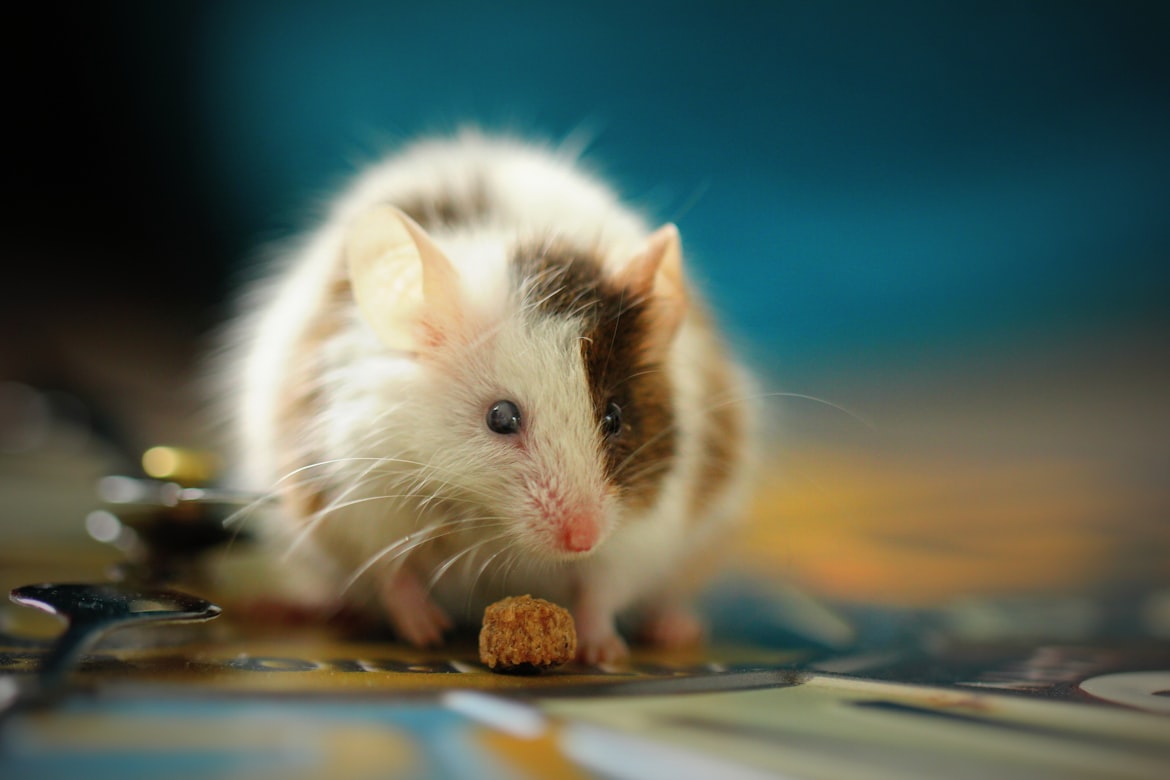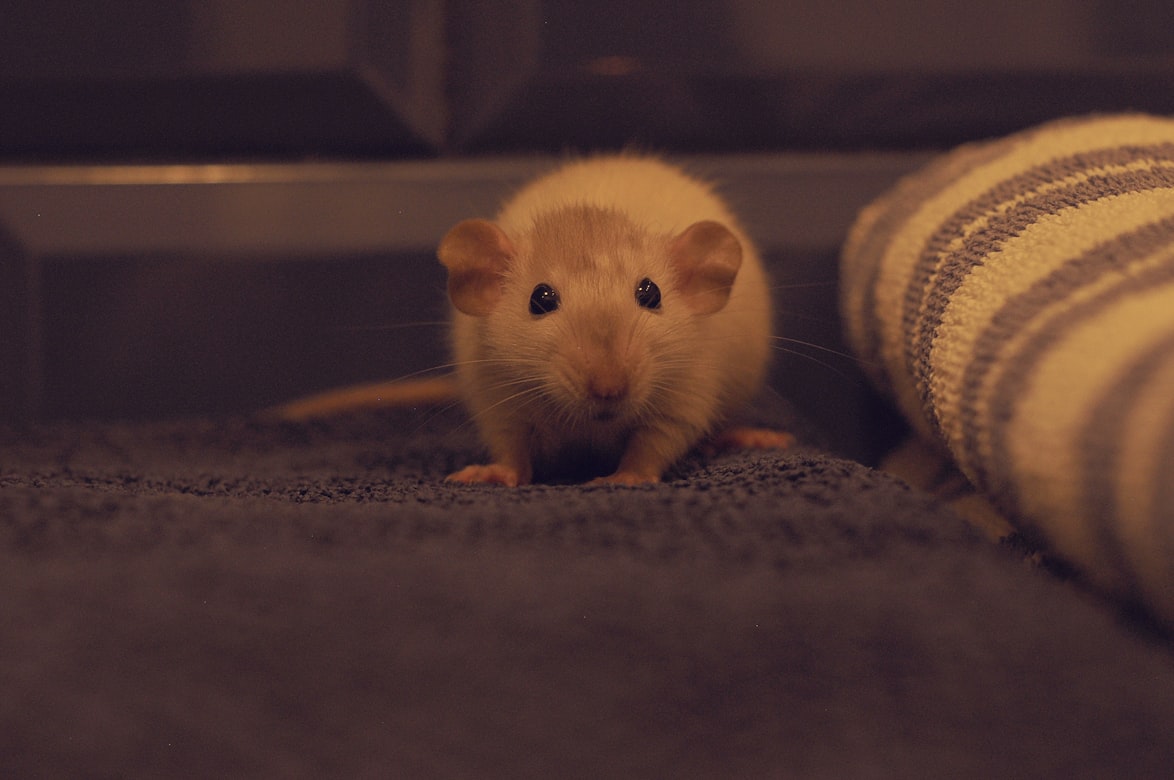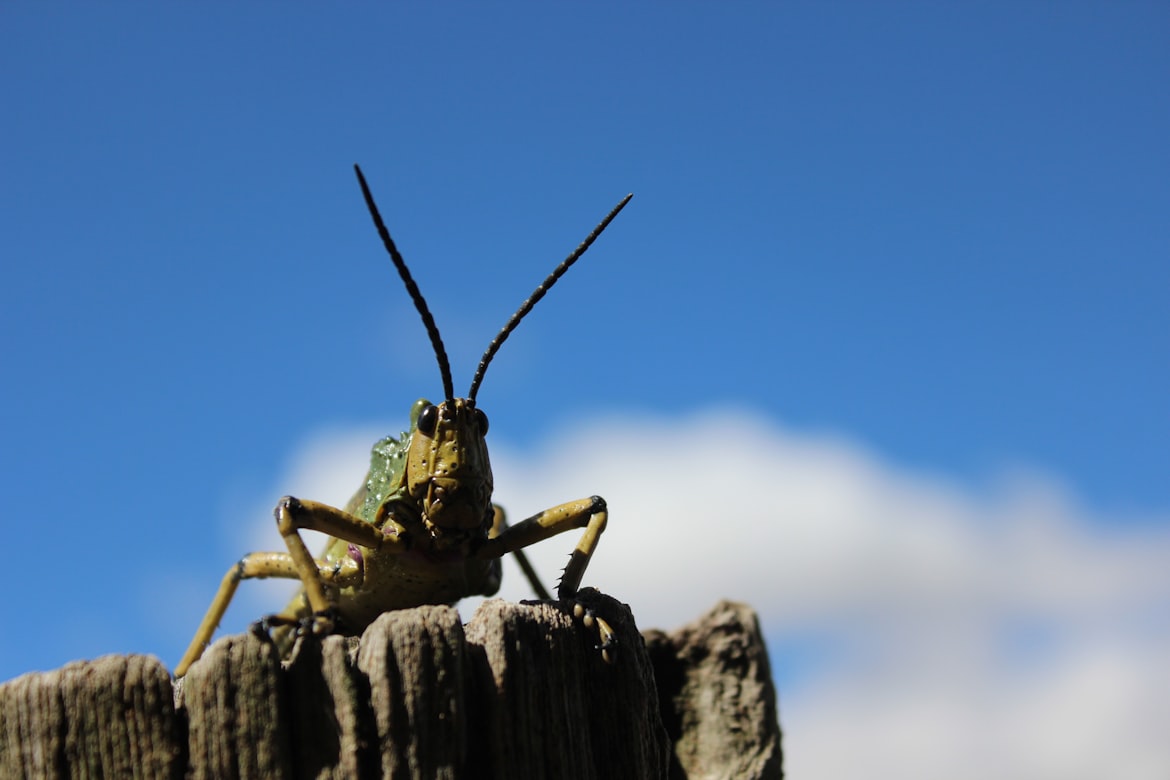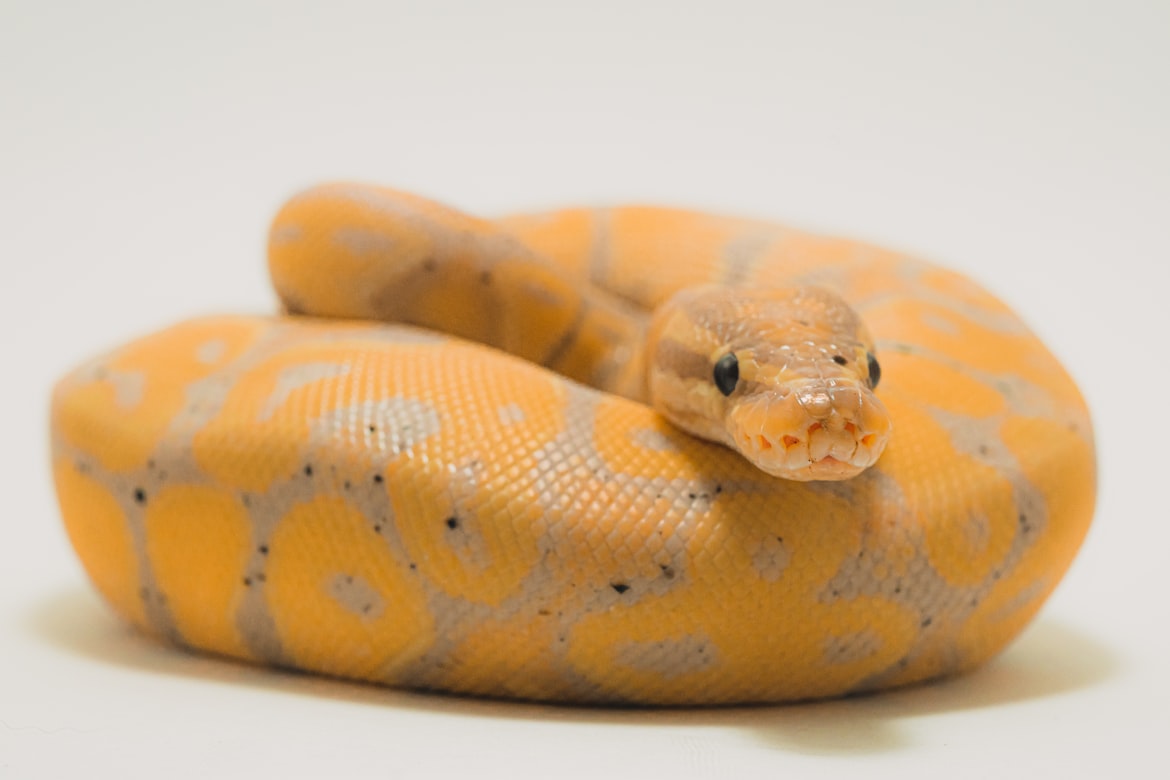As an Amazon Associate I earn from qualifying purchases.
What Do Baby Ball Pythons Eat?
The most common concern faced by ball python owners is what to feed their pets. When they are having difficulties maintaining a feeding schedule for their snakes, this issue usually comes up.
Because each animal has its own set of nutritional needs in order to stay healthy in captivity, so do all reptiles. While some skinks have a wide range of foods, others, such as ball pythons, are unable to do so.
As a result, before acquiring a pet, you should conduct extensive studies on it. Especially on its housing needs and diet. Ball pythons in the wild consume everything from rats to birds to tiny animals to lizards.
What Do Baby Ball Pythons Eat?
Despite the fact that baby ball pythons eat nothing but animal protein, they ingest it in a similar way as adult ball pythons do. The most essential thing to note is that the prey must be the appropriate size. Pinky mice and fuzzy rats are the typical diet of baby ball pythons, as well as large crickets.
The most crucial aspect when it comes to baby ball pythons is the size of the meal. They can’t eat as much as adults can, and they can’t tolerate huge meals. A newborn is far more likely to choke and regurgitate than an adult.
The size restriction is the same for both baby and adult ball pythons. However, this is a strict rule with no leeway for interpretation. Smaller than the snake’s body at mid-length is the ideal size for prey. This restricts the amount of food available to give to baby ball pythons.
Pinky Mice

Pinky mice are the most popular baby ball python diet. Despite their unusual name, this is not a unique breed of mouse. Pinkie mice, sometimes known as pinkies, are young mice with ungrown fur.
Pinky mice have a pink tint to them and are exceptionally tiny as a result of this. The name pinky mice are derived from this. Even though rats are typically preferable for ball pythons, it will not matter which species you pick at tiny baby pythons.
Pinky mice are more common because they’re easier to come by. Because most snakes will eat mice throughout their lives, and most snakes will consume pinky mice as younglings, it’s not unusual for them to be more available. Pinky mice are the greatest, and they’re also readily accessible. The high demand for pinky mice has resulted in an overabundance of them.
Fuzzy Rats

Fuzzies are baby rats or juvenile mice. Rats are considered the superior staple food for ball pythons because they are high in protein and low in carbohydrates. One of the ball python’s natural food sources. When it comes to fuzzy infants, though, ball pythons aren’t as picky, and pinky mice aren’t as readily available. If you want to feed fuzzies, be sure they’re appropriate for your current ball python.
Large Crickets

Large crickets are likewise a choice for baby ball pythons. To ensure that the crickets deliver all of the required nutrients to the snake, sprinkle them with a nutritional supplement or gut load them ahead of time. The crickets will last for a long time if the snake is an adult. However, as newborns, they are just fine.
What Do Baby Ball Pythons Eat in The Wild?
Ball pythons are ambush hunters who conceal themselves during the day by blending in with their surroundings. There are significant variations in the diet and behavior of male and female ball pythons, which have sexual dimorphism. Males are more reliant on trees than female black bears, with females spending more time on the ground. This has an impact on prey availability and consumption.
The snakes are nocturnal, and because they feed exclusively on birds and mammals, their diet is restricted to these two species. The males, on the other hand, consume more birds than females, who are more earthbound. Smaller ball pythons under 70 cm have been observed to eat mostly birds, whereas those longer than 100 centimeters preyed primarily on mammals.
Because pythons actively seek out rodents as food, they have been able to adapt effectively to human-altered habitats. They may also be helpful in keeping rodent pests under control on farms. The African giant rat, spotted grass mouse, black rat, shaggy rats, and rufous-nosed rats are some of the rodents that may be found in these locations as preferred meals.
How To Feed Baby Ball Pythons?

The majority of captive-hatched ball pythons are hungry eaters, despite the fact that it may be difficult to get them to feed. You’ll just need to follow these steps:
Health & Habitat CheckUp
Most ball pythons will not eat if they are sick or in need of appropriate habitat, especially snakes, especially ball pythons. The majority of keepers who encounter feeding difficulties will identify one of these two causes as the root of the problem.
You should have taken your snake in for a vet check right after purchasing him to verify that he is fit. And, by reading the basic Ball Python Habitat Guide, you can ensure that you have the enclosure set up correctly.
Grab The Food
Frozen-thawed rodents are the finest things to feed your ball python. The animals will be delivered to you in a frozen state, but you’ll want to let them warm up to room temperature before feeding them to your snake. Freezing-thawed rodents is the best option for feeding your snake because it eliminates the risk of harm. It also ensures that the rodent does not suffer.
The ideal size for an adult is a juvenile mouse or tiny rat, however, newborns will need smaller rodents. You can get frozen rats from most pet stores that sell snakes. Alternatively, you may buy them online directly from a rodent breeder.
Feeding via Tongs/Forceps
It’s critical not to frighten or stress your snake before, during, or after the feeding procedure. Give him food for at least a few hours after handling him. Try to eliminate any unnecessary distractions while he is away from his cage. If you’re not expecting visitors, dim the room lights somewhat. Before attempting to quiet excited kids or pets, exit the area and consider lowering the room lights a touch.
After introducing the habitat, seize the rat’s neck scruff with the forceps, not his tail. Slowly move it in front of your snake and allow him to strike it for a second before moving on. If he doesn’t react when you animate the prey item, you may need to stimulate life into it (or vice versa).
Release The Food Item
Your ball python strikes and constricts the meal item without hesitation, and perhaps you’ll be able to capture a photo of it. Once he does so, let go of the rodent and slowly back away from the habitat. If you want to go, you must do so carefully, as the snake will become alarmed if you open the enclosure too abruptly. Simply leave the chamber open until your snake has finished eating the food item if you want to watch him eat.
Wash Your Hands
When administering food to your snake, keep in mind the importance of cleanliness. After all of this, wash your hands with soap and water.
It’s also critical to remember that rats may occasionally shed blood, urine, or feces throughout the feeding process. Clean up any spills as soon as possible, but avoid aggravating your snake in the process. Regurgitation can occur when handling your snake following a meal, so allow at least 24 to 48 hours for your snake to rest quietly after each feeding.
What Are The Natural Predators of Baby Ball Python?
The Ball Python does not have many predators in the wild. It is a predator that eats everything from birds to goats to pigs in the wild. The python may capture, kill, and eat an animal several times its own size in the wild. The snake has no natural predators in its native regions in Asia, but it has been introduced to locations like the Florida Everglades, where there are no species that eat pythons.
Eagles
Eagles can capture pythons, as can large birds like eagles. The python is a slow-moving species after a substantial meal. Because it hides among tree branches and leaps on its prey, predators have chances of capturing it.
Crocodiles
The python lives in water and is threatened by crocodiles while swimming. A young animal can be taken and eaten by a crocodile of any size, but the older a python gets, the larger it grows. Only a huge crocodile may capture and consume a big python.
Lions, Pumas, and Tigers
Large cats, such as lions, pumas, and tigers which may be found in the python’s natural environment, might capture and consume the snakes. Because the python is non-venomous, it’s up to the predator to avoid getting wrapped in it, at which point the snake’s constriction may actually suffocate the predator.
Other Snakes
Young pythons can be eaten by cobras. Other snakes, such as anacondas, are also predators of immature animals and devour the eggs when they become available. Because of their size, older pythons are not threatened by other snakes.
Humans
Humans are the biggest predator of pythons, frequently killing them for their skin as well as their meat. Pythons that are caught are usually skinned alive and left to die. Humans are the only active predator of the python in areas where it has been introduced, such as the Everglades, however, they seldom consume it.
How Do Baby Ball Pythons Protect Themselves?

Ball pythons are one of the most popular pet snakes in the world. They hail from Central and West Africa’s tropical grasslands and savannas, where they prefer to blend in rather than alarm predators. Balling up is their most well-known defensive strategy, hence the name.
When we’re assaulted or missiles are hurled at us, our first impulse is to defend ourselves by ducking down and raising our arms. We raise our arms up and conceal our faces because we’re afraid!
We don’t want to get injured. Ball pythons are rather similar. When they sense danger or anxiety, they will curl up and hide their heads away. They don’t want to be harmed either, so all they can think about is that you are larger than they are!
If their anxiety or fear gets too high, or they’ve tried rolling up and it hasn’t worked, they may go into a striking posture. This means that their neck is bent in a zig-zag pattern, with a back-and-forth shape, since they are poised to strikeout.
Because of their excellent leverage, ball pythons have better control when holding onto a branch or balancing on the ground. If your ball python attacks you, it does not imply that you are its food. A strike is a brief snap, followed by a retreat.
They are defensive in nature because they bite and refuse to let go. If your snake bites you and refuses to release, that means it confused you for food, gaffa!
Is It Healthy to Eat Baby Ball Pythons?
A study conducted a decade ago found that Everglades National Park pythons had dangerously high levels of mercury, a neurotoxin that can harm brain function and the reproductive system. 3.5 parts per million is the maximum amount of mercury found in pythons tested by US Geological Survey research scientist David Krabbenhoft. The EPA recommends that consumers avoid eating anything with a mercury concentration of more than 0.46 percent.
Are Baby Ball Pythons Poisonous?
A python bite may necessitate a variety of treatments, even if it is nonvenomous. It might not only cause damage but also allow germs to enter your body. Even if the injury appears minor, contact a physician.
Bites from your pet ball snake may be treated by cleaning the wound with warm water and soap. To aid the healing process, you might want to wrap the bite region in bandages to prevent infection.
Even if the wounds appear minor at first, bites that are more serious may require immediate medical attention. A severe bite can happen if you keep your pet ball python clamped on your skin for more than a few seconds.
Amazon and the Amazon logo are trademarks of Amazon.com, Inc, or its affiliates.

